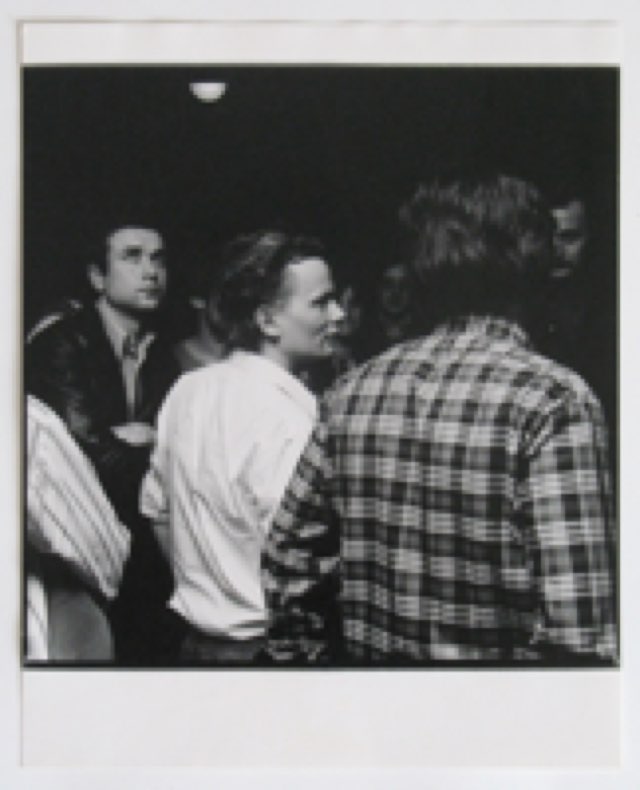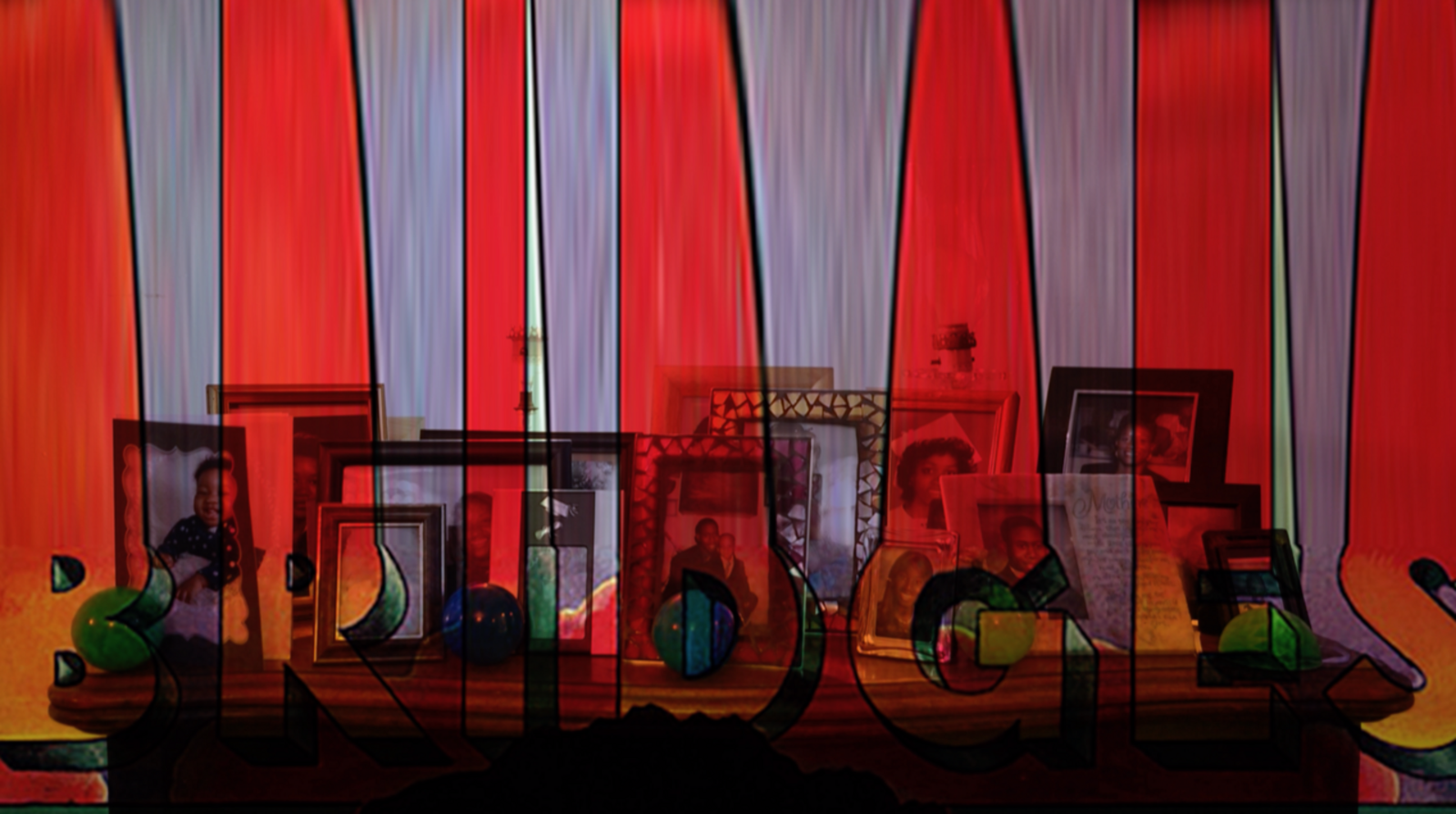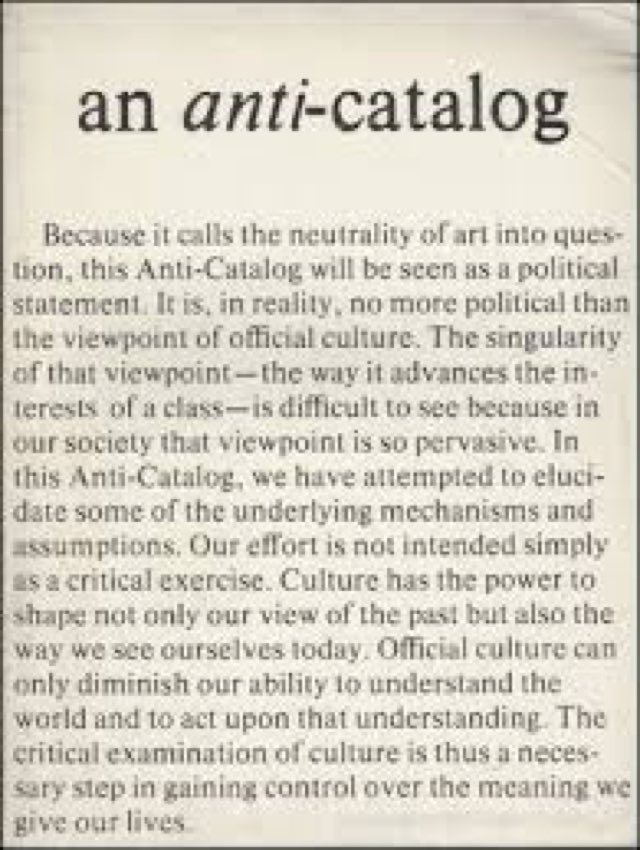I am
29.03–06.04.1978
Warschau, Polen
Warschau, Polen
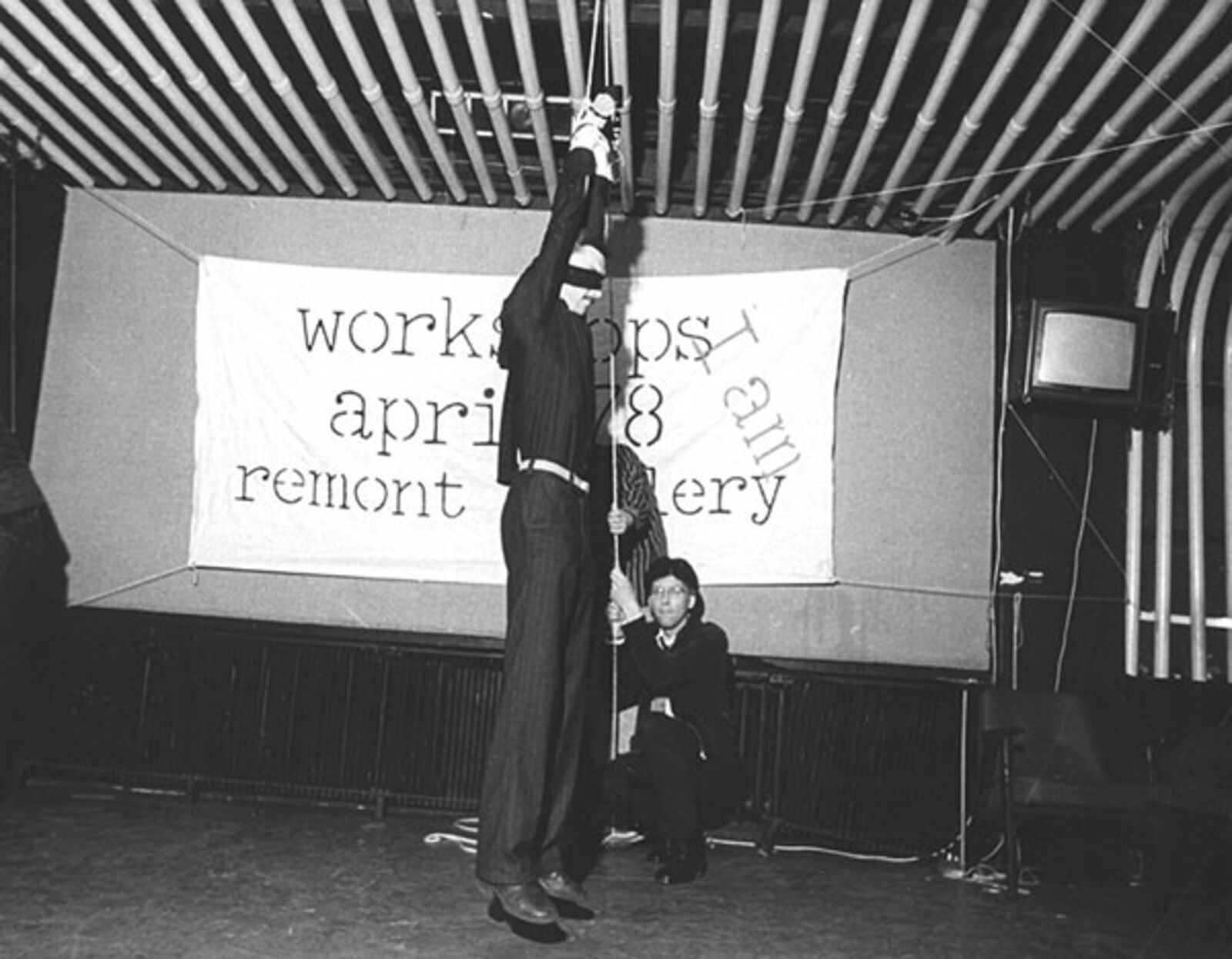
Tibor Hajas, Dark Flash
© Irek Bojczuk, Warschau / Warsaw
© Irek Bojczuk, Warschau / Warsaw
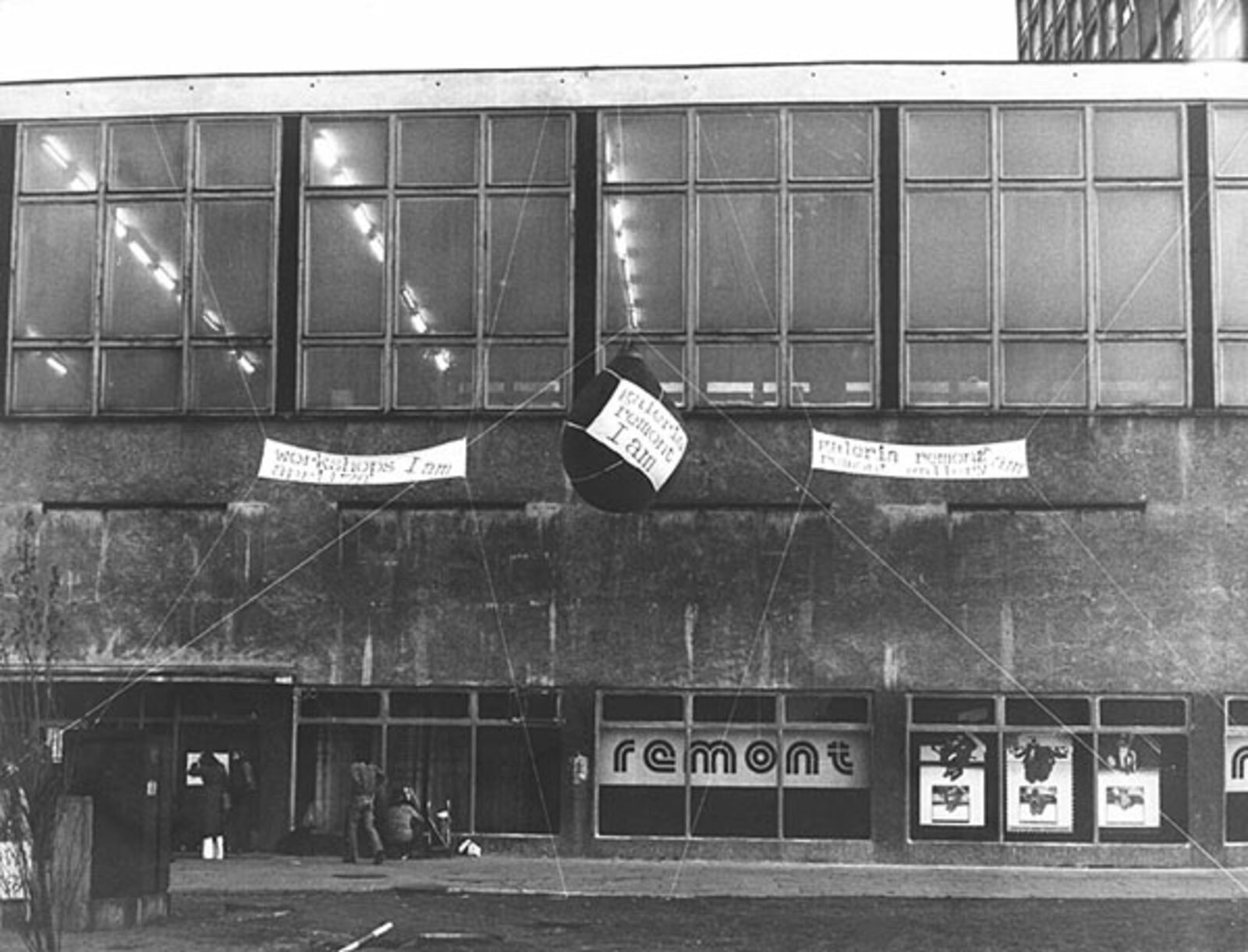
Remont Gallery, Warsaw, Poland

Albert van der Weide, The famous gallery artist and public / Clapping
From 29 March to 6 April 1978, an international encounter of visual artists took place in Warsaw, Poland, under the auspices of the Polish students’ socialist union (SZSP) known as Remont-Rivièra. Located in this club were a café and discotheque as well as a gallery. The gallery was directed by Henryk Gajewski, who was also responsible for the conception and realization of the I am art event. He was assisted in this work by Wieslaw Szweryn and about 50 volunteers, most of them students. The symbolic name I am also stood for ‘International Artists Meeting-Workshops Remont ’78’. The artists who were invited spent most of their time working on performances.
The Dutch artists who presented performances as part of I am were Hans Eykelboom, Marten Hendriks, Servie Janssen, Harrie de Kroon and Albert van der Weide. Eykelboom organized a procession of 25 persons, who walked around the neighbourhood of the gallery. On their shoulders they wore sandwich boards with a portrait photograph of the artist. De Kroon let the tap water in a toilet sink run through a sieve while he gave vent to his emotions by screaming. Van der Weide drew his own outline on one of the white walls of the gallery, after which he stood in front of his own likeness and clapped. The public responded with applause. Ulisses Carrion held a lecture on Mail Art, in which he argued that Mail Art had little to do with ‘Mail’ and a great deal to do with art. The realization of this work of art was aided by mail and the postal service. Klaas Gubbels drew a conference table, and Mad Enterprizes (Raùl Marroquin, Titus Muizelaar and Hans Koens) attempted to make a film for Polish television during the Meeting. De Appel, the Agora Studio and Jan Brand had served as mediators and were also represented at the Meeting. Video Heads recorded the event. Marga van Mechelen gave two lectures. The first lecture was about the function of language in art, especially conceptual art. The second was about the position and intentions of the groups aligned with the magazines Art Language and The Fox as they related to the intentions of the historic avant-garde.
Polish participants in the event included Akademia Ruchu, Laboratorium TP and Krystof Zarebski. Representatives of other countries included Joel Marechal (France) Peter Bartos and Peter Stembera (former Czechoslovakia) Tibor Hajas (Hungary) Hendrik Have (Denmark) Fred Licht (England) Gerald Minkoff (Switzerland) Franco Vaccari (Italy) and Alison Knowles (USA). Stembera ate a thread fastened to a stand a few metres away. The thread hung loosely so that two candles hung from it approximately in the middle. The performance was over when the thread was burnt through. In a completely darkened room, Tibor Hajas began his performance by reciting a very probing and accusatory text. This was followed by a few minutes of silence. The silence was broken by the sound of a camera. Then a flash bulb went off, so that for a few seconds he became visible. He turned out to be hanging by his hands. The camera flash was repeated every few minutes, at regular intervals, until Hajas indicated he could no longer take it.
The original aim of the Meeting was to bring young artists in contact with a public that would consist mainly of students. It did succeed in bringing a large number of young artists from former Western and Eastern Europe to Warsaw. A few days before the opening, however, it was decided that the Meeting would not be open to the public, so the confrontation between artists and public was largely omitted. Now the public consisted of fellow artists, art critics and a number of volunteers, most of whom were too involved in their own responsibilities. Part of the original intention of the event was to give the public an impression of what ‘performance’ is actually about, which seemed to have been a question as relevant in Poland at the time as it was in the Netherlands. Although the question undoubtedly was to remain unasked, if a ‘lay’ public had been present even asking the question would have been almost superfluous. The accent of the Meeting came to rest on I am with a new question emerging in response: ‘And who are you?’.
(Based on two texts by Marga Van Mechelen)
Harrie de Kroon – Photograph and description of performance in 1978 I AM Remont Gallery
collection (unintended), 1978
See also
